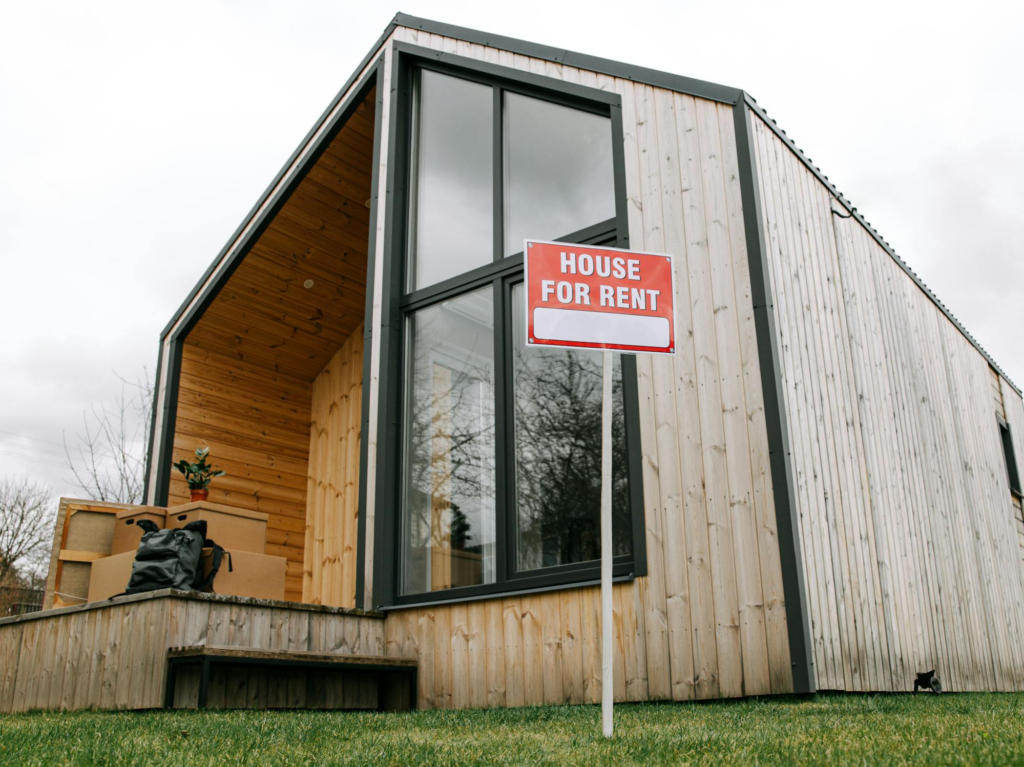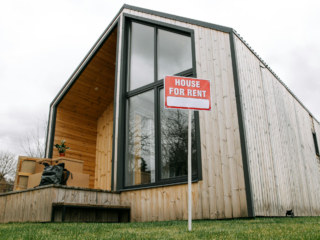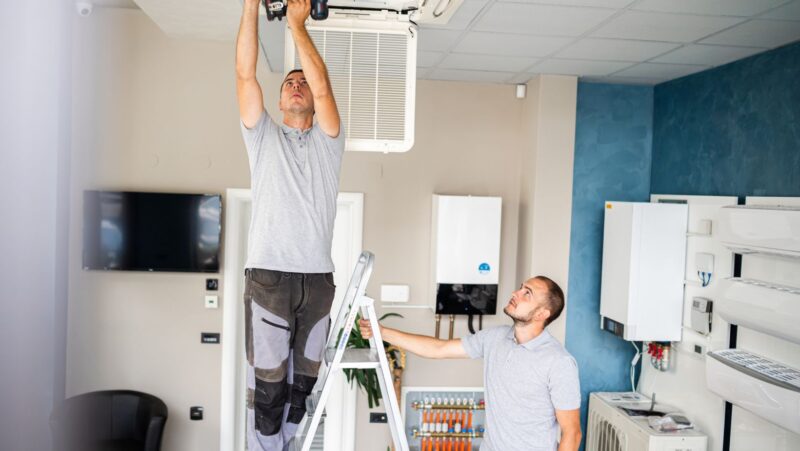
Renting out your property can be a rewarding venture, offering a steady income stream and potential long-term value appreciation. However, it’s not without its challenges. To ensure your experience as a landlord is positive and profitable, it’s essential to take the right steps before and during the rental process. Here are the key considerations to keep in mind when renting out your property.
1. Understand Local Laws and Regulations
Each state and city has its own laws regarding property rentals. These regulations cover everything from security deposits to tenant rights and eviction procedures. Before renting out your property, familiarize yourself with local landlord-tenant laws to avoid legal pitfalls. It may also be beneficial to consult with a real estate attorney or property manager to ensure compliance.
2. Prepare Your Property
First impressions matter, and your property should be in excellent condition before showing it to potential tenants. Take these steps to prepare your property:
- Perform Repairs and Upgrades: Fix any structural issues, plumbing leaks, or electrical problems. Consider making aesthetic upgrades, such as fresh paint or new flooring, to increase appeal.
- Deep Clean: Ensure every corner of the property is clean and inviting.
- Install Safety Features: Smoke detectors, carbon monoxide detectors, and secure locks on doors and windows are essential.
- Stage the Property: If possible, stage the property to help potential tenants visualize living there.
3. Set a Competitive Rental Price
Research the local rental market to determine a fair and competitive price for your property. Take into account factors such as location, size, amenities, and nearby services. Setting the right price is crucial for attracting reliable tenants while maximizing your income.
4. Screen Potential Tenants
Finding the right tenants can make or break your rental experience. A thorough screening process helps you select responsible renter who are likely to take care of your property and pay rent on time. Key steps in tenant screening include:
- Application Forms: Require prospective tenants to complete an application form detailing their employment, rental history, and references.
- Credit Checks: Review applicants’ credit scores and payment histories.
- Background Checks: Conduct background checks to identify any red flags, such as prior evictions or criminal records.
- References: Contact previous landlords and employers to verify reliability.
5. Require Renter’s Insurance
One often-overlooked step in the rental process is requiring tenants to carry renter’s insurance. This type of insurance not only protects tenants’ personal belongings but also provides coverage for potential harm done to your property.
For example, if a tenant accidentally causes a fire or water damage, their renters insurance policy can help cover the repair costs, reducing your financial liability.
- Why It Matters: Renter’s insurance ensures that tenants are financially prepared to handle accidental damage.
- How to Enforce It: Include a clause in your lease agreement requiring proof of renter’s insurance before move-in.
- Added Peace of Mind: Knowing your tenants are insured can alleviate stress and protect your investment.
6. Draft a Solid Lease Agreement
A clear and comprehensive lease agreement is the foundation of a successful landlord-tenant relationship. The lease should outline all terms and conditions, including:
- Rent amount, due date, and payment methods
- Security deposit details
- Maintenance responsibilities
- Rules regarding pets, smoking, and alterations to the property
- Consequences of lease violations
Consider having a lawyer review your lease agreement to ensure it’s legally sound and enforceable.
7. Plan for Maintenance and Repairs
As a landlord, you’re responsible for maintaining the property and addressing repairs promptly. Regular maintenance not only keeps your property in good condition but also helps retain tenants.
- Create a Maintenance Schedule: Regularly inspect and service major systems, such as HVAC, plumbing, and electrical.
- Build a Network: Establish relationships with reliable contractors and service providers for quick responses to repair needs.
- Budget for Repairs: Set aside a portion of your rental income for unexpected maintenance costs.
8. Market Your Property Effectively
To attract quality tenants, your property needs to stand out in a competitive rental market. Utilize various marketing channels to reach a wide audience:
- Online Listings: Post your property on popular rental websites like Zillow, Apartments.com, and Craigslist.
- Social Media: Leverage social media platforms to share photos and details about your property.
- Professional Photography: High-quality images can make your property more appealing.
- Signage: Place a “For Rent” sign in front of the property to attract local interest.
9. Communicate Clearly with Tenants
Open and transparent communication is key to maintaining a positive relationship with your tenants. Be responsive to their questions and concerns, and provide clear instructions for reporting maintenance issues.
Regularly check in with tenants to ensure everything is running smoothly.
10. Consider Professional Property Management
If managing your property feels overwhelming, hiring a property management company can be a smart investment. These professionals handle everything from tenant screening to maintenance requests, allowing you to enjoy passive income with minimal stress.
Conclusion
Renting out your property can be a lucrative and fulfilling endeavor, but it requires careful planning and attention to detail. By preparing your property, screening tenants thoroughly, and requiring renter’s insurance, you can safeguard your investment and create a positive rental experience for both you and your tenants. With the right strategies in place, you’ll be well-equipped to navigate the rental market successfully.














